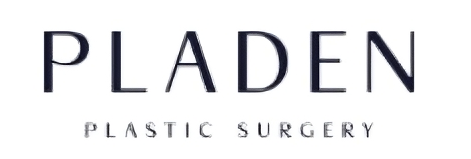Melasma Treatment
Pladen Skin Clinic Seoul Korea
Advanced Melasma Treatments in Gangnam, Seoul
Pladen Skin Clinic provides professional melasma treatments in Seoul, Korea, focusing on safe pigment control, tone balancing, and long-term skin stability. Located in Gangnam, the clinic offers customized melasma treatment programs designed to reduce discoloration while minimizing the risk of rebound pigmentation.
Melasma is a complex pigment condition that requires careful, low-aggression treatment rather than overly strong or single-method approaches.
Why Choose Pladen Skin Clinic for Melasma Treatment?
- Experienced medical professionals specializing in pigment disorders
- Conservative, skin-protective treatment strategies
- Customized plans based on pigment depth and skin sensitivity
- Combination therapy for better long-term control
- Foreign-friendly clinic with English communication support
Each melasma treatment plan is designed to improve skin tone gradually while protecting the skin barrier.
What Is Melasma?
Melasma is a chronic pigmentation condition characterized by symmetrical brown or gray-brown patches, commonly appearing on the cheeks, forehead, nose, and upper lip. It is often triggered by:
- Sun exposure
- Hormonal changes
- Heat and inflammation
- Genetic predisposition
Because melasma originates from deeper pigment pathways, treatment must focus on control and stabilization, not aggressive removal.
Melasma Treatment Approaches
Laser & Energy-Based Care
- Low-energy, controlled laser treatments
- Gradual pigment lightening
- Focus on minimizing irritation and rebound
Skin Barrier & Tone Management
- Strengthening skin resilience
- Improving overall tone balance
- Supporting long-term pigment control
Combination Melasma Programs
- Multiple modalities used together
- Carefully spaced sessions
- Designed for safer, long-term improvement
Treatment plans are adjusted based on melasma depth, skin tone, and prior treatment history.
Common Melasma Treatment Areas
- Cheeks
- Forehead
- Nose
- Upper lip
- Full face tone imbalance
Special care is taken with highly visible and sensitive facial areas.
Melasma Treatment Procedure & Recovery
Treatment Time
Sessions typically take 20–40 minutes, depending on treatment method.
Downtime & Recovery
- Minimal downtime
- Mild redness or warmth may occur temporarily
- Sun protection and aftercare are essential
How Many Sessions Are Needed?
Melasma treatment usually requires multiple sessions and ongoing maintenance for optimal control.
Melasma Treatment Pricing in Seoul
Pricing varies depending on:
- Treatment method used
- Severity and area of melasma
- Number of sessions recommended
A personalized consultation is recommended to determine an appropriate treatment plan and cost estimate.
Book a Melasma Consultation in Seoul
Pladen Skin Clinic welcomes both local and international patients seeking safe, controlled, and effective melasma treatment in Seoul, Korea.

